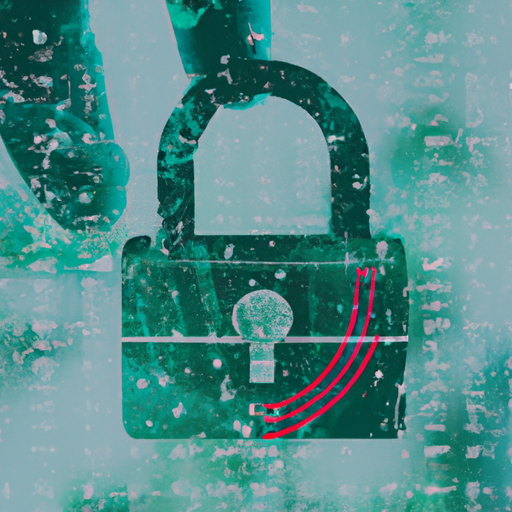 More than 234,000 burglaries have been reported in England and Wales over the past year and numbers spike during the long nights once the clocks have gone back.
More than 234,000 burglaries have been reported in England and Wales over the past year and numbers spike during the long nights once the clocks have gone back.
By being aware of your home’s vulnerable spots and improving security, you can reduce the risk of it becoming a victim of crime.
Here are some tips on making your home more secure.
Begin with a visual check to eliminate potential entry points and hiding places for burglars. Lock away garden tools and ladders, move bins which could be used to reach upstairs windows and apply anti-climb paint to drainpipes.
Fit sturdy fencing, padlock and bolt gates, and cut back overgrown vegetation at the front so it can’t shield intruders from sight. However, canny planting along the perimeter will act as a deterrent.
“Thorny or spiky plants like roses and hawthorn create a natural barrier as they are difficult and painful to get through,” says Jon Saeed, managing director of Lighting Legends. “Dense bushy plants, for example holly and firethorn, are also effective.”
If your home is on a level plot, gravel the driveway and path so you can hear when anyone approaches.
Motion-activated sensor lights help to deter thieves, who much prefer operating under cover of darkness. These lights switch on automatically when movement is detected, and should be installed close to external doors, gates and outbuildings. Use waterproof string lights and solar-powered spotlights to keep the area around the house well-lit.
A security system both protects and monitors your home and most are controlled via a smartphone app. “On average, a regular burglar alarm costs £400-600, while more complex, fully equipped smart security systems are in excess of £1,500,’ explains Jake Stephens, technical director at HiiLIFE.
“The main components include CCTV to provide visual verification, contact sensors to detect exposure to entry points, motion sensors to detect movement and a control panel which serves to coordinate communication between sensors with your device.”
Locks should be fitted on windows as well as exterior doors. Get a locksmith to check that existing ones are correctly installed, in good condition and comply with the terms of your home insurance policy – most doors require BS3621 British Standard locks. Fixing sash jammers on windows and doors, anti-lift devices to sliding patio doors and reinforcing door frames will give further protection.
An unoccupied property is particularly vulnerable, so create the impression that someone’s in. Leave lights and a radio on when out after dark and if you’re away for longer, use a remote-controlled smart plug to switch lights on and off at different times of the day.
Ideally, park a car on the driveway and ask a neighbour to open and close curtains and blinds and remove any post hanging out of the letterbox – a dead giveaway that no-one’s home. Resist the urge to share holiday plans on social media, and wait until you return before posting photos.
Outdoor furniture, tools, lawnmowers and bikes can provide rich pickings for burglars, even when kept in a garage or shed. Research by Aviva has found that 44% of Brits who’ve had their shed or outbuilding broken into were home at the time, and that the average haul is worth £870.
Ensure that the structure is sound as rotten or brittle wood makes access far easier, and replace rusty padlocks and hinges, fit an alarm and consider securing pricier items such as the mower and power tools with chains or in a lockable cabinet.
“It is worth looking at your home insurance policy and understanding exactly what is and isn’t covered,” advises Greg Wilson, founder and CEO of Quotezone. “If you have costly garden furniture and equipment in your shed, make sure it is properly covered as you may not be able to claim against your standard policy. Or it may be that you only have cover for outdoor items if they are locked away – so double check the specifics.”
Everyone in your household needs to be vigilant about security. Get into the habit of keeping valuables and keys out of sight, locking doors, gates and windows and changing the burglar alarm code regularly. Always set the alarm when going out, even when leaving your cat or dog inside.
“It’s a common myth that a pet will trigger the alarm. Many now have a sensor that is able to differentiate between a human intruder and a domestic pet,” explains Carlos Dhunay, home security expert at Telcam. “These sensors are calibrated to overlook movements by animals under a certain weight, preventing unnecessary alerts.”